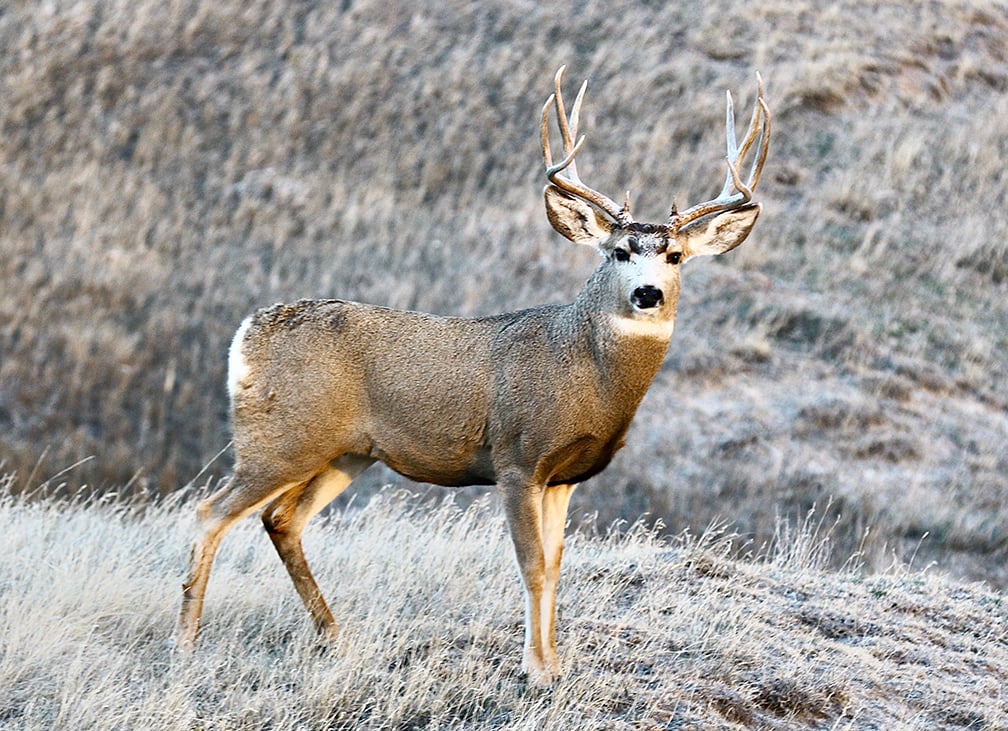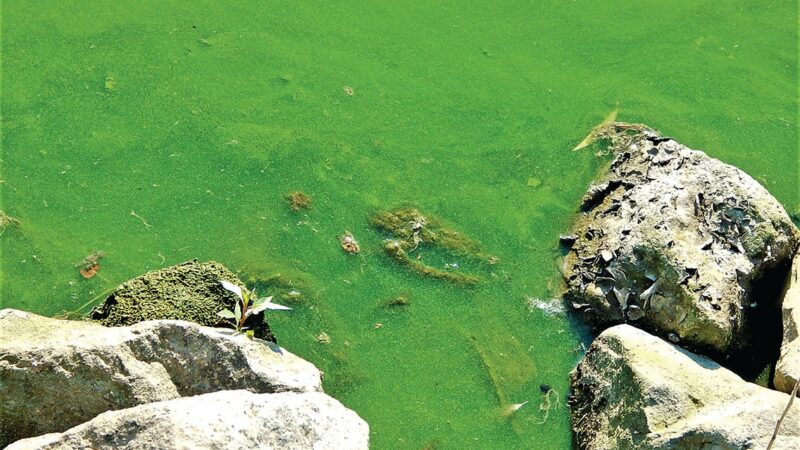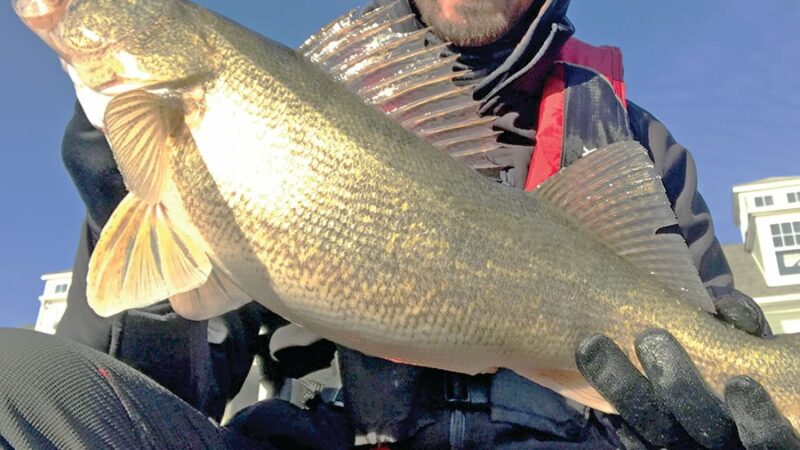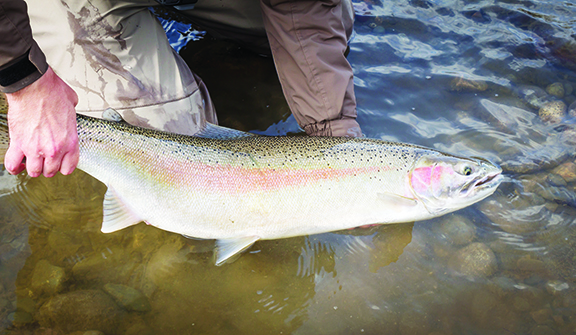Commentary: North Dakota study shows effects of winter without wolves on whitetails – Outdoor News

Commentary by Marshall Helmberger/The Timberjay (Ely, Minn.)
The Timberjay has received considerable comment this fall in response to a two-part series examining the causes of the decline in the deer population in our (northeastern Minnesota) region. I was surprised that it was mostly positive, because I recognized that the stories I wrote were challenging some pretty deeply-entrenched views.
The one major factor that I did not address in the series was the effect of winter on deer, which I believe indisputably is the single-most critical factor in white-tailed deer survival in our area. In part, I didn’t address it because I had done so in the past, and because I think most people already recognize that winter conditions play a major role in deer mortality.
I recognize, however, that many see a direct connection between winter conditions and wolves, and they believe that in the absence of wolves, most deer would survive even harsh winter conditions.
That’s why I thought it would be worthwhile to note an interesting story that appeared last year in the state-published North Dakota Game and Fish Department’s magazine, North Dakota Outdoors.
MORE COVERAGE FROM MINNESOTA OUTDOOR NEWS:
Will new aquaculture plan fix minnow shortage issues in Minnesota? Public asked to comment
‘Hundreds’ of geese found dead or dying on Fairmont chain of lakes in southern Minnesota
From mines to the metro, here are some hard-water opportunities for inland trout in Minnesota
Titled “Toll of a Tough Winter,” the story reported on the devastating effects of the winter of 2022-23 on deer populations in southeastern North Dakota. It’s a prairie region, and with lots of snow on the landscape that winter, biologists flew hundreds of hours to monitor populations of both white-tailed and mule deer, which they could see quite easily from the air because of the open landscape.
The researcher who wrote about it was observing in two management areas, and the biologists flew regularly from Jan. 10 to April 7.
During that period, they documented a decline of 51% in the white-tailed deer population and 84% in the mule deer population. And the report’s author noted that even some of the deer that were still alive as of their last flight didn’t appear able to stand and were almost certain to succumb to starvation being experienced.
And keep in mind this important fact: All of this happened in a region completely lacking in wolves.
Quoting one of the biologists who monitored the deer numbers, the story states: “As difficult as something like this is to watch, (Jason) Smith said with little quality winter wildlife habitat on the landscape, the reality, especially during a winter like the last, is oftentimes staggering.”
Compounding the problem, according to the story, was that deer in the region had gone into winter in relatively poor condition because of drought that began in 2001 and didn’t ease until late 2022. Drought affects the nutritional content of deer browse and forage, and that’s not just the case in North Dakota.
We’ve experienced drought with increasing frequency in recent years, and that undoubtedly means deer in our region have been going into winter without the fat reserves they might have in a year with more rain.
And a bad winter, such as we experienced here in 2022-23 as well, has an effect that compounds, as the North Dakota story relates.
“In a winter like we just had, generally what you lose first are the young-of-the-year and then reproduction. So, you’re losing that recruitment cohort and then you’re probably going to lose some of the reproduction side of things because those does are in poor health and aren’t going to probably carry fawns to full term,” Smith said. “And then, depending on how our summer season goes, if we head right into a drought, what’s their condition going to be like going into the breeding season?”
As this story relates, there are critical factors that have major effects on deer survival with or without wolves. There’s an issue with winter cover in North Dakota because open, snow-covered fields offer poor habitat for deer.
And while we certainly have better cover here in northeastern Minnesota, as I noted in the first installment of my series, the quality of our winter cover has diminished, particularly on the public lands that dominate our area. That’s a point that DNR biologists in our region have been making for several years.
While we have better cover compared with the North Dakota plains, we also tend to have significantly deeper snowpack, and our snow often lingers later into spring. And when the snow melts in North Dakota, it typically exposes waste grains left behind from the fall harvest. Here, it can take weeks after the snow leaves until we start seeing new herbaceous growth that provides any nutritional boost.
What this demonstrates is that the issues we’ve been experiencing – declining habitat quality, more frequent drought, and denser snowpacks because we now see more rain during winter storms than we ever used to, is all playing a role in slowing the recovery of our deer population.
In our region we’ve always had wolves and we’ve had a high wolf population for decades. Yet, at the same time, we enjoyed record-high deer populations when we had a beneficial mix of good habitat along with more benign weather conditions. These are the factors that make the biggest difference for deer, and that’s as true in an area like ours, with a high wolf population, as it is on the plains of North Dakota, where wolves were wiped out long ago.
If you’d like to read the entire story from North Dakota Game and Fish, you can find it here. This commentary first ran in the Nov. 14 edition of The Timberjay. It is reprinted here with permission. For more from The Timberjay, including Helmberger’s earlier series on deer in northeastern Minnesota, visit www.timberjay.com.





